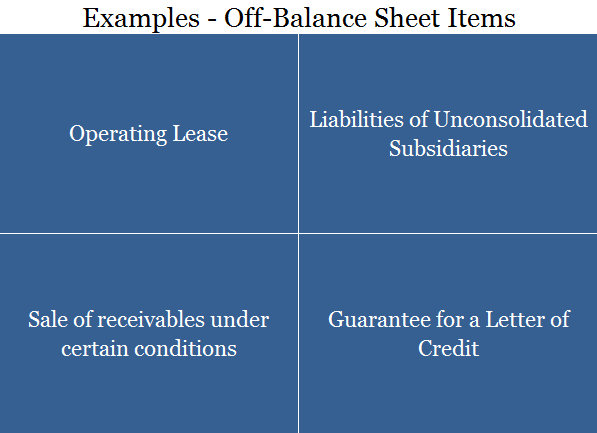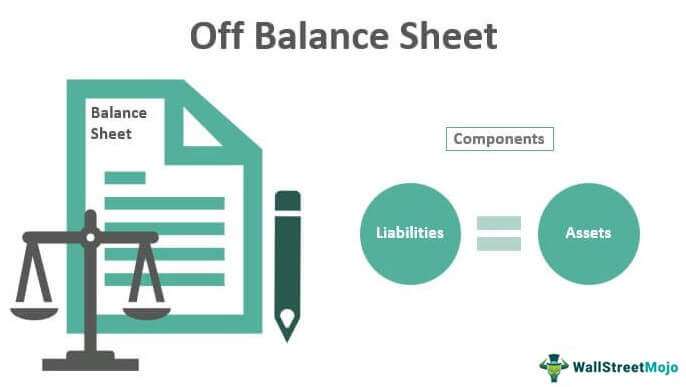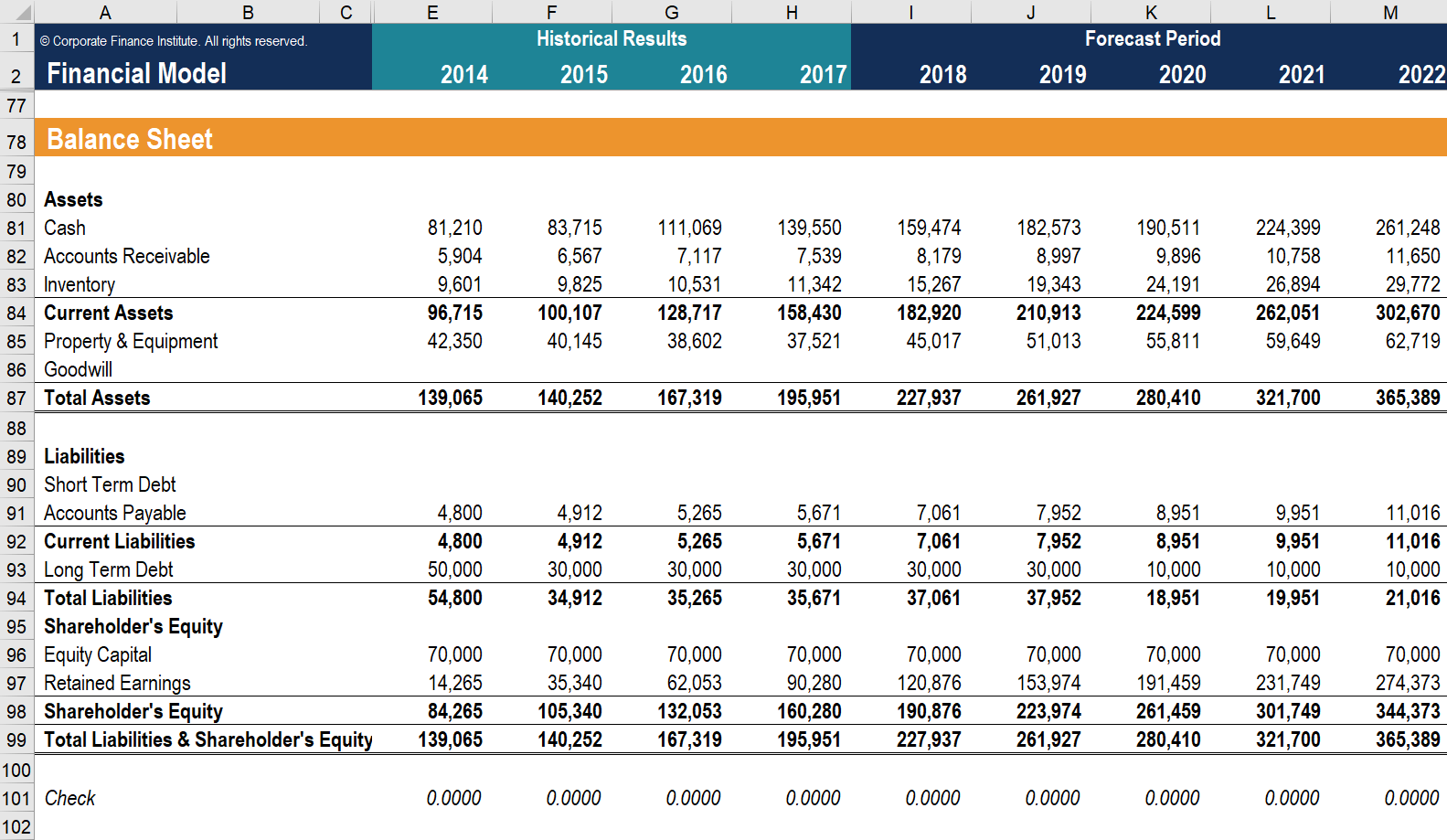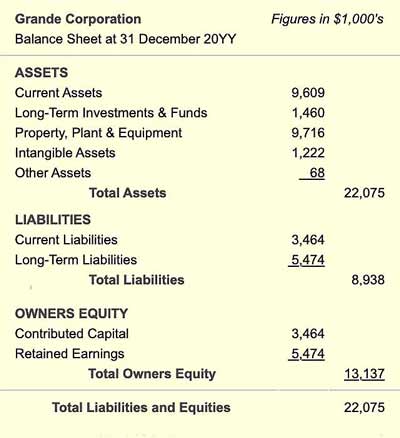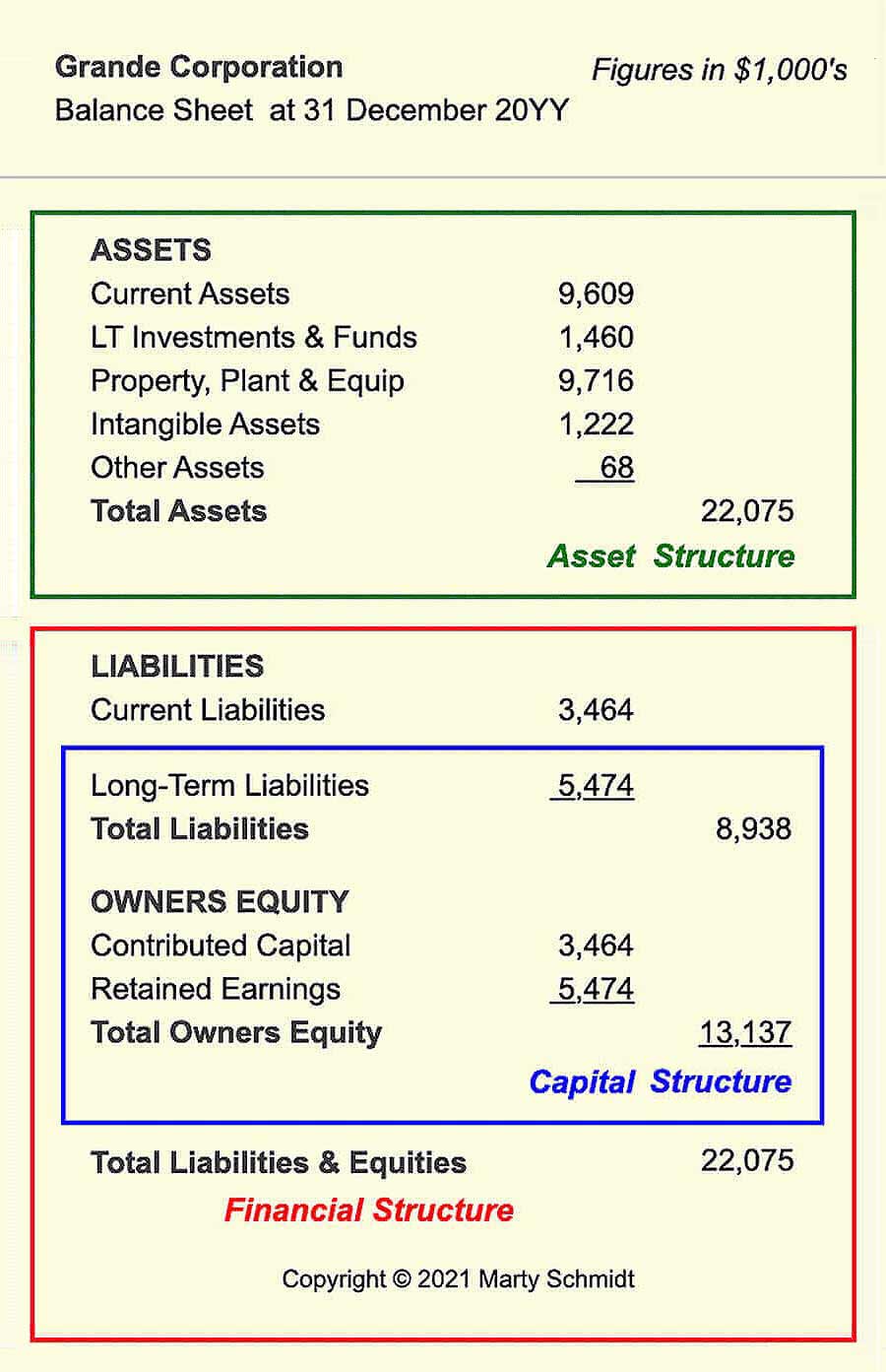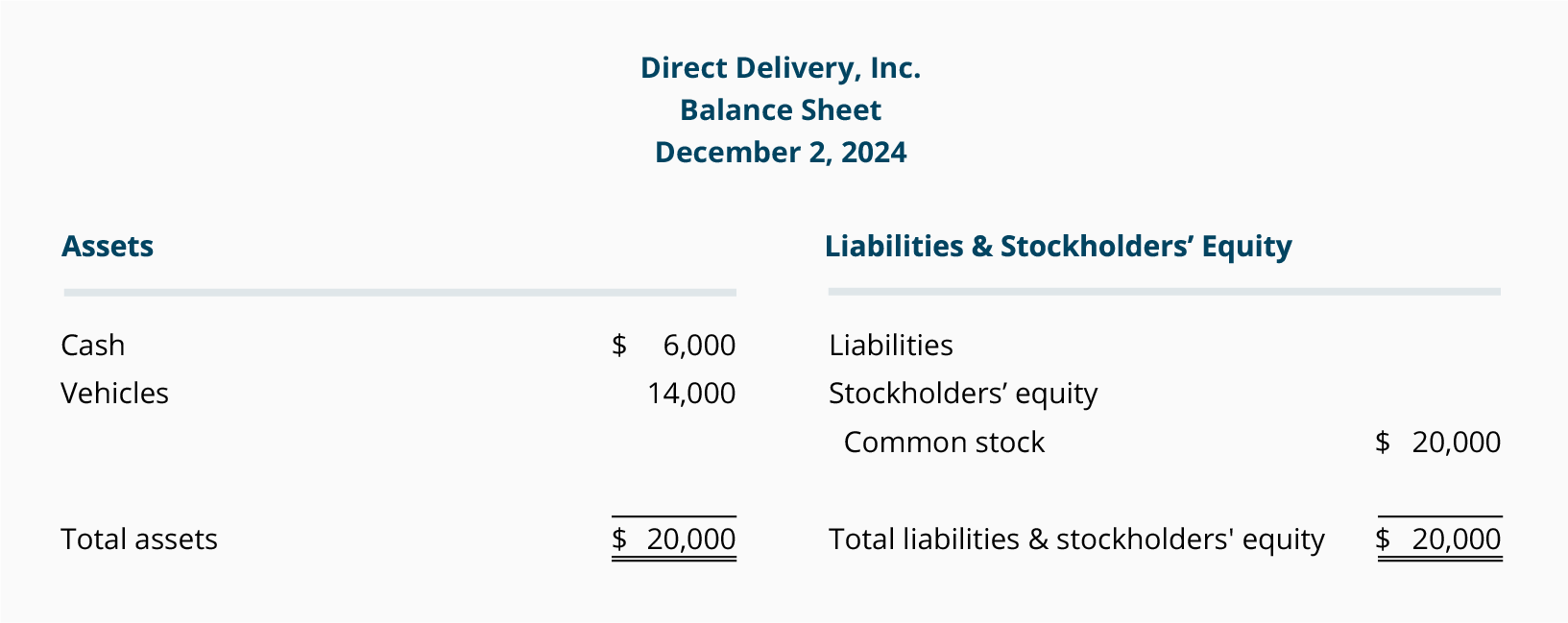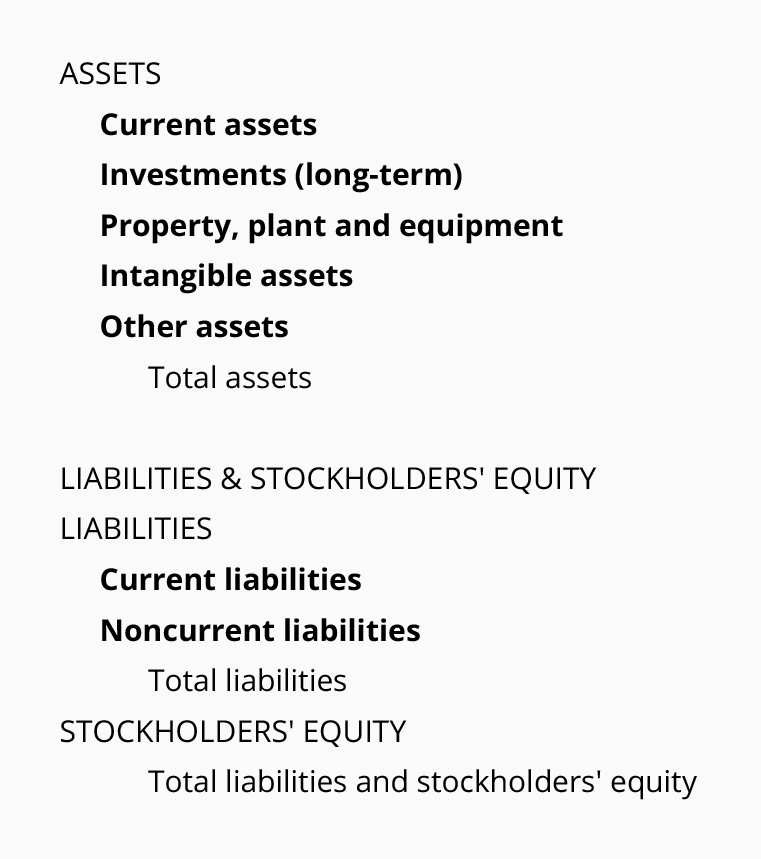First Class Off Balance Sheet Transactions Examples
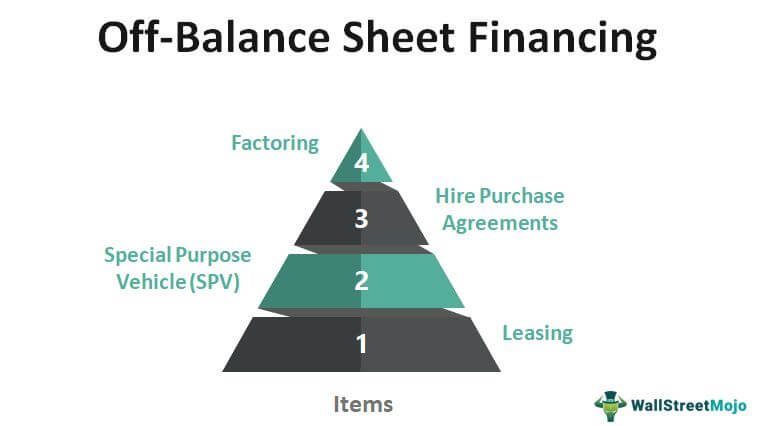
A business tries to keep certain assets and liabilities off its balance sheet in order to.
Off balance sheet transactions examples. The asset is not shown on the companys balance sheet. These items are usually associated with the sharing of risk or they are financing transactions. Examples of such off-balance sheet transactions include the acquisition of assets on operating leases or the use of special-purpose vehicles such as partnerships or trusts.
Historical guidance on leasing agreements is found in the following standards. Total return swaps are an example of an off-balance sheet item. So now the company only has to show the rental payments or any other payments associated with the assets on its financial statements.
The formal distinction between On Off-Balance sheets is quite critical and depends largely on the decisions of management. Examples of off-balance-sheet liabilities The payment obligations arising from operating lease agreements are a commonly-referenced example of off-balance-sheet liabilities. Using off-balance sheet transactions might be seen as beneficial to a company because the resulting liabilities are not shown on the balance sheet of the company so its financial position might appear in a better light to investors or lenders.
There is no transaction arrangement or other relationship between the Company or any of its Subsidiaries and an unconsolidated or other off-balance sheet entity which is required to be disclosed in the Registration Statement other than as disclosed therein. Among the above examples operating leases are the most common examples of off-balance-sheet financing. Off-Balance Sheet OBS Also known as Off-Balance sheet items Off-Balance sheet assets or liabilities and Incognito Leverage.
For instance Citibank maintain an off-balance sheet asset of 960 billion which accounts for 6 of the GDP of United States. Most commonly known examples of off-balance-sheet items include research and development partnerships joint ventures and operating leases. These give a picture of their.
The asset continues to appear in lessors books of accounts. They are either a liability or an asset which are not shown on a companys balance sheet as the business is not a legal owner of the respective item. The company owns the asset and has leased it to a lessee.
